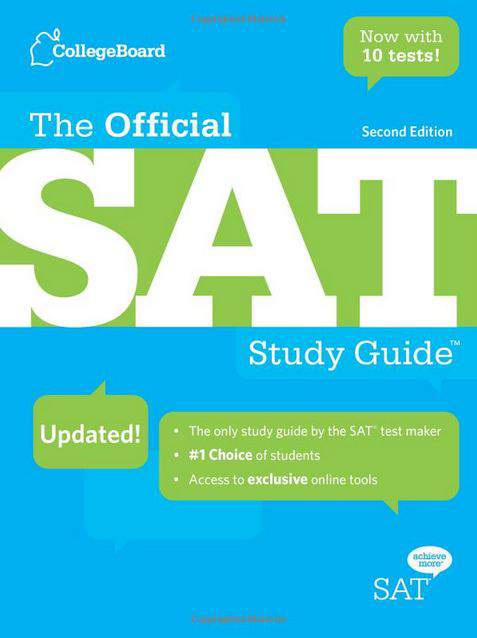Connecting...

This is a quick preview of the lesson. For full access, please Log In or Sign up.
For more information, please see full course syllabus of SAT Overview
For more information, please see full course syllabus of SAT Overview
SAT Overview Math Concept Petting Zoo: Part 1
Lecture Description
In this lesson, our professor Vincent Selhorst-Jones gives an introduction on math concept petting zoo. He discusses how the zoo works, what you should do, and the following topics: intersection and union, sequences and patterns, even and odd properties, primes, percent, percent change, average, absolute value, solving equations for unusual things, distance, radicals, exponents, concepts of a function, domain and range, function transformations, expanding factors, factoring and solving polynomials.
Bookmark & Share
Embed
Share this knowledge with your friends!
Copy & Paste this embed code into your website’s HTML
Please ensure that your website editor is in text mode when you paste the code.(In Wordpress, the mode button is on the top right corner.)
×
Since this lesson is not free, only the preview will appear on your website.
- - Allow users to view the embedded video in full-size.
Next Lecture
Previous Lecture














































1 answer
Thu Jul 13, 2017 1:33 PM
Post by John Stedge on July 13, 2017
For solving equations of unusual things i got y^2=27/z-x^2 would this also be considered correct?
1 answer
Wed Oct 7, 2015 11:14 AM
Post by Peter Ke on October 4, 2015
For the percent example at 11:00. I thought 30% off means multiplying 70 by .30 and same for 20% off from the coupon. But, instead you did 100% - 30% = 70% and multiply 70 by .70, why is that? Can you explain it pls?
1 answer
Sun Apr 20, 2014 8:54 PM
Post by Tommy Lunceford on April 15, 2014
During the Domain and Range example, does the +3 change to a negative -3 just because its under the square root sign or because of the negative in front of the square root symbol?
If that negative sign in front of the square root symbol was not there, would it still turn into a -3 or remain positive as it is under the square root symbol?
Thank you